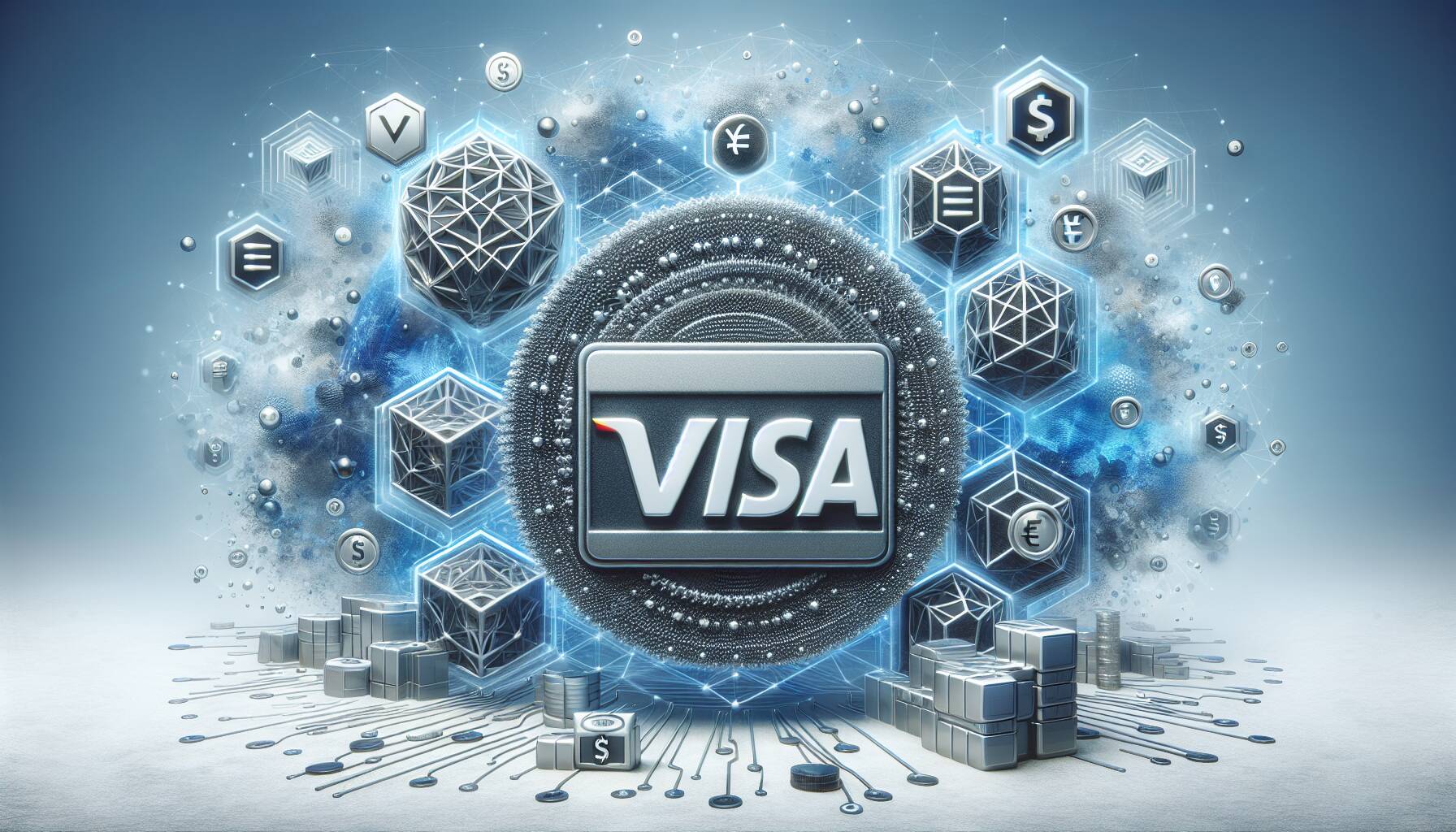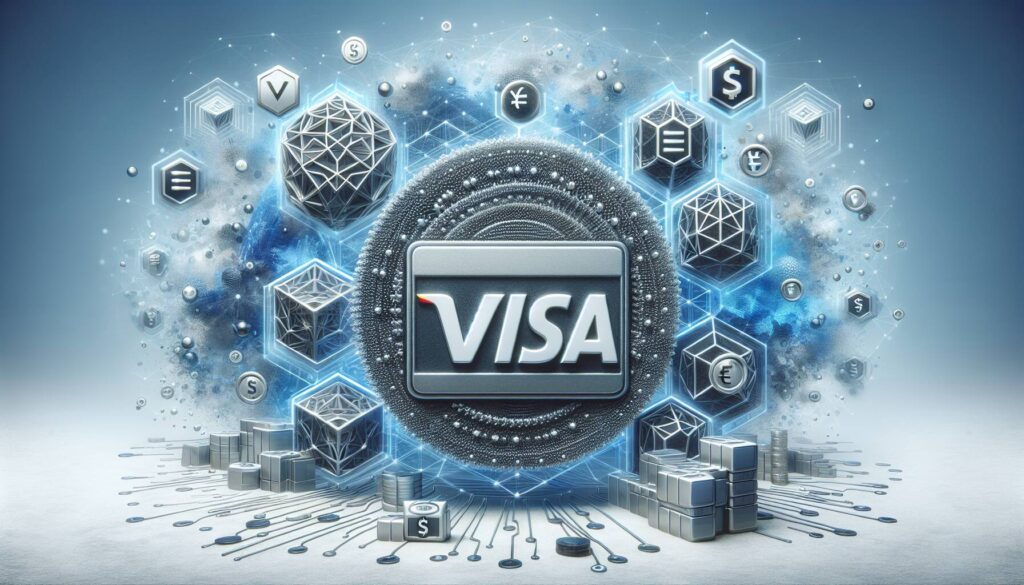In a rapidly evolving landscape, Visa is steering the future of blockchain payments with its expanding stablecoin network. This strategic move highlights Visa’s ambition to establish itself as a pivotal infrastructure player in the cryptocurrency ecosystem. As traditional financial giants adapt, the race is on to harness the potential of digital currencies.
Stablecoins, typically pegged to stable assets like the US dollar, offer a promising bridge between conventional finance and the volatility often associated with digital currencies. Visa’s initiative positions the company at the forefront of this trend, providing businesses and consumers with reliable payment options in a digital-first world.
The challenge for individual tokens, however, lies in their risk of becoming commoditized assets. As more participants enter the market, the distinctiveness of these tokens may fade, drawing focus toward infrastructure developments like those driven by Visa.
As companies seek efficient, secure payment methods, Visa’s commitment to integrating stablecoins could redefine how transactions are processed globally. This evolution may not only stabilize the market but also encourage wider adoption of digital currencies by offering a robust framework that prioritizes security and usability.
As the implications of Visa’s strategy unfold, the relationship between established financial players and the decentralized world of cryptocurrencies continues to deepen, making it a critical space to watch in the coming months.

Visa’s Growing Stablecoin Network
Key points about Visa’s role in blockchain payments and the implications for individual tokens:
- Infrastructure Dominance: Visa’s expansion into stablecoins positions it as a fundamental player in blockchain payment systems.
- Stablecoin Adoption: Increased use of stablecoins facilitated by Visa can lead to greater acceptance of digital currencies in everyday transactions.
- Commoditization Risk: Individual stablecoins may lose unique value propositions as they become more commonplace.
- Regulatory Considerations: As Visa moves to integrate stablecoins, it may influence regulatory frameworks governing cryptocurrency transactions.
- Impact on Consumers: Consumers may benefit from faster, cheaper transactions as Visa enhances its blockchain payment capabilities.
- Market Evolution: Visa’s approach could reshape the cryptocurrency market, affecting investment strategies and the viability of standalone tokens.
The growth of Visa’s stablecoin network signifies a critical shift in how digital currencies may be utilized, impacting both consumers and investors alike.
Visa’s Strategic Positioning in the Blockchain Payment Landscape
In recent developments, Visa has carved a niche for itself as a pivotal player in the blockchain payments domain, leveraging its expanding stablecoin network. This initiative not only showcases Visa’s commitment to integrating modern digital currencies into mainstream finance but also highlights its competitive advantage over other financial entities scrambling to keep pace with blockchain innovation.
Competitive Advantages: Visa’s established reputation and extensive infrastructure provide a significant edge when compared to lesser-known platforms. With a vast user base and trusted security protocols, Visa is poised to offer reliable and scalable solutions that individual stablecoins may struggle to achieve. This inherent trust can lead to quicker adoption rates among consumers and businesses alike, as they gravitate toward systems they recognize.
Moreover, Visa’s collaborations with various fintech companies further enhance its standing. By aligning itself with innovative partnerships, Visa can offer comprehensive payment solutions that extend beyond mere transactions, encompassing features like rewards and loyalty programs tailored to user experiences. This holistic approach stands in contrast to the growing list of individual tokens, which often face challenges in differentiating themselves in an increasingly crowded marketplace.
Competitive Disadvantages: However, Visa’s ascent is not without its challenges. The fast-paced evolution of the cryptocurrency landscape means that Visa must continuously innovate to avoid stagnation. If competitors manage to create unique value propositions that resonate with consumers, Visa risks losing its competitive edge. Additionally, regulatory scrutiny surrounding stablecoins poses a potential threat that could hamper growth and innovation in the sector.
This environment creates opportunities and challenges for various stakeholders. Entrepreneurs and tech innovators in the blockchain space may find themselves at a crossroads when it comes to developing new stablecoin solutions, as they need to navigate a path that differentiates them from Visa’s established products. On the other hand, consumers who value seamless transactions and security may greatly benefit from Visa’s proactive approach to blockchain, enjoying enhanced services that come with the development of a trusted payment ecosystem.

















